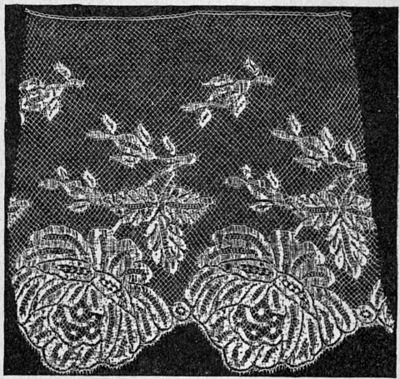
Fig. 51.—Border of Machine-made Lace in the style of 17th-century
Pillow Guipure Lace.
to perform their pressing operations again. The contrivances for giving each thread a particular tension and movement at a certain time are connected with an adaptation of the Jacquard system of pierced cards. The machine lace pattern drafter has to calculate how many holes shall be punched in a card, and to determine the position of such holes. Each hole regulates the mechanism for giving movement to a thread. Fig. 54 displays a piece of hand-made Valenciennes (Ypres) lace and fig. 55 a corresponding piece woven by the machine. The latter shows the advantage that can be gained by using very fine gauge machines, thus enabling a very close imitation of the real lace to be made by securing a very open and clear réseau or net, such as would be made on a coarse machine, and at the same time to keep the pattern fine and solid and standing out well from the net, as is the case with the real lace, which cannot be done by using a coarse gauge machine. In this example the machine used is a 16 point (that is 32 carriages to the inch), and the ground is made half gauge, that is 8 point, and the weaving is made the full gauge of the machine, that is 16 point.

Fig. 52.—Border of Machine-made Lace in imitation of 17th-century Pillow Lace.)

Fig. 53.—Machine-made Trimming Border in imitation of Irish Crochet Lace.
Fig. 56 gives other examples of hand- and machine-made Valenciennes lace. The machine-made lace (b) imitating the real (a) is made on a 14-point machine (that is 28 carriages to the inch), the ground being 7 point and the pattern being full gauge or 14 point. Although the principle in these examples of machine work is exactly the same, in so far that they use half gauge net and full gauge clothing to produce the contrast as mentioned above, the fabrication of these two examples is quite different, that in fig. 55 being an example of tight bobbins or weft, and slack warp threads as shown in fig. 47. Whereas the example in fig. 56 is made with slack bobbins or weft threads and tight warp threads as in fig. 48. In fig. 57 is a piece of hand-made lace of stout thread, very similar to much Cluny lace made in the Auvergne and to the Buckinghamshire “Maltese” lace. Close to it are specimens of lace (figs. 58 and 59) made by the new patent circular lace machine of Messrs Birkin of Nottingham. This machine although very slow in production actually reproduces the real lace, at a cost slightly below that of the hand-made lace. In another branch of lace-making by machinery, mechanical ingenuity, combined with chemical treatment, has led to surprising results (figs. 53 and 50).

Fig. 54.—A Piece of Hand-made Pillow Lace, Belgian (Ypres),
20th century. (The machine imitation is given in fig. 55.)
Swiss, German and other manufacturers use machines in which a principle of the sewing-machine is involved. A fine silken tissue is thereby enriched with an elaborately raised cotton or thread embroidery.
The whole fabric is then treated with chemical mordants which, whilst dissolving the silky web, do not attack the cotton or thread embroidery.
A relief embroidery possessing the appearance of hand-made raised needlepoint lace is thus produced.




